East Gymnasium of Ephesus: A Complex of Baths and Physical Activity
Located north of the Magnesia Gate, the Eastern Gymnasium of Ephesus is an architectural complex built in the 2nd century AD, combining the functions of a gymnasium and baths, two essential elements of Roman life. Its monumental structure and architectural details make it a remarkable part of Ephesus’s cultural legacy.
Design and Structure of the Eastern Gymnasium
The Eastern Gymnasium was a multifunctional building designed to meet the hygiene, physical activity, and socialization needs of the Ephesians. Upon entering, visitors encountered a palestra or lecture hall, where meetings were held, and matters of interest were discussed. This gathering space was a key area for the exchange of ideas and intellectual development.
Statues of the Gods
During excavations in the gymnasium, statues of important mythological figures were found, including the healing god Asclepius, Aphrodite, Dionysus, Hygieia, and Pan. These statues, now displayed in the Izmir Archaeological Museum, reflect the influence of religion and mythology in the daily life of the Ephesians and enrich the artistic value of this space.
Bathing Halls and Exercise Corridors
The core of the Eastern Gymnasium consisted of large bathing halls surrounded on three sides by vaulted corridors. These corridors were designed for physical exercises, games, and walking after bathing. This layout allowed users to enjoy a healthy and comfortable environment where hygiene and exercise were integrated as part of Roman wellness culture.
A Space for Socialization and Well-being
The Eastern Gymnasium was not only a place for physical activity but also a social space. Roman citizens gathered here to converse, exercise, and enjoy a moment of relaxation, making this gymnasium an important center of social life in Ephesus.
The Early Christian Basilica in the Eastern Gymnasium
In the 4th or 5th century AD, a church was built on the Hellenistic city wall to the east of the lecture hall, later becoming a three-aisle early Christian basilica. This church, with a narthex (vestibule) and arcades, had a floor covered with decorative mosaics, adding beauty and spirituality to the space. The basilica was used until the 7th century AD when it was abandoned after a major fire.
Transformation from Gymnasium to Christian Center
The inclusion of the early Christian basilica in the Eastern Gymnasium reflects the cultural transition of the time. As Christianity grew in popularity, some spaces previously used for physical and recreational activities were transformed into places of worship and spirituality.
Tips for Visiting the Eastern Gymnasium
- Location: The Eastern Gymnasium is located north of the Magnesia Gate within the ruins of Ephesus, making it easy to locate within the archaeological site.
- Best time to visit: It is recommended to visit early in the morning or late in the afternoon to avoid high temperatures and enjoy the site more peacefully.
- Respect the site: Given its historical and cultural value, visitors are asked to respect the marked areas and refrain from touching the structures.
Conclusion
The Eastern Gymnasium of Ephesus is a remarkable example of Roman life and culture. Its combination of baths, gymnasium, and later an early Christian basilica makes it a site that reflects the transformation of an evolving city. This architectural complex allows visitors to delve into Ephesus’s past and understand how exercise, hygiene, and spirituality were integrated into the lives of its inhabitants. Visiting the Eastern Gymnasium is an enriching experience that connects with the splendor and history of ancient Ephesus.

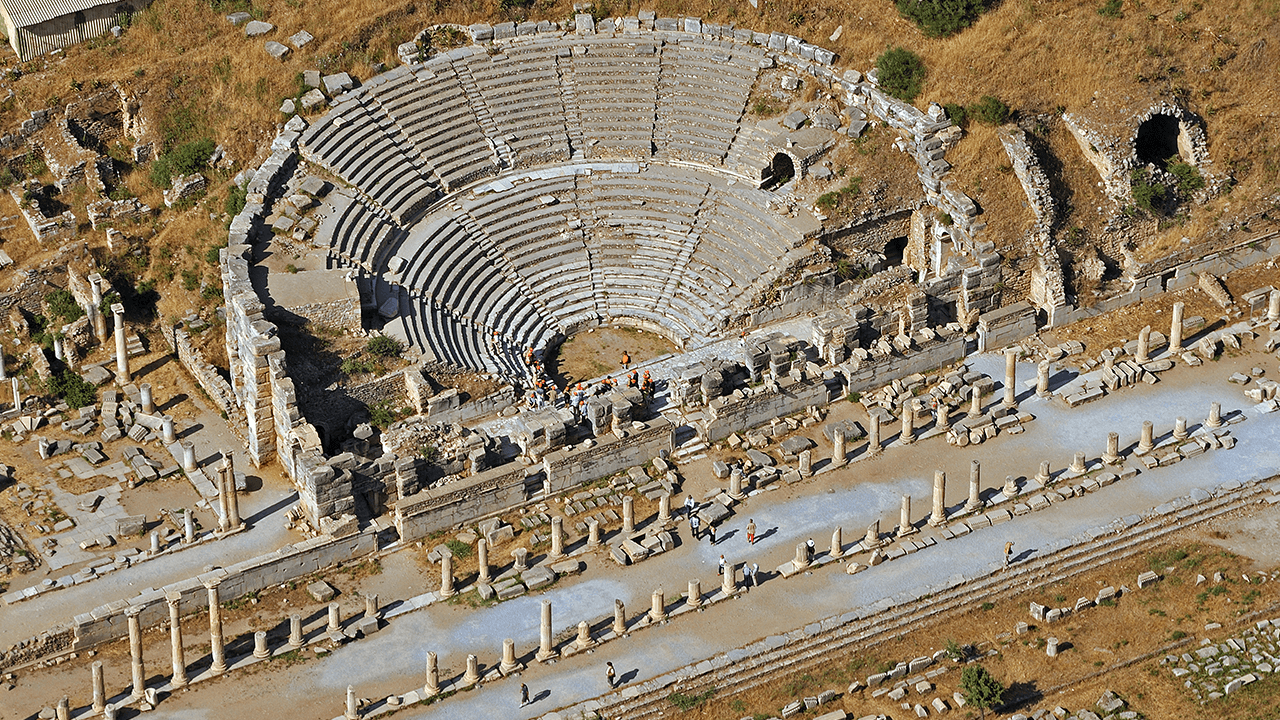
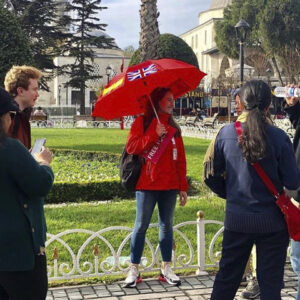

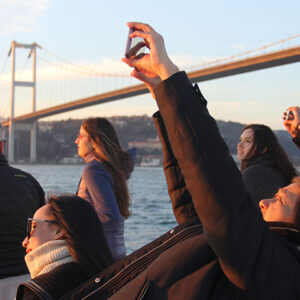


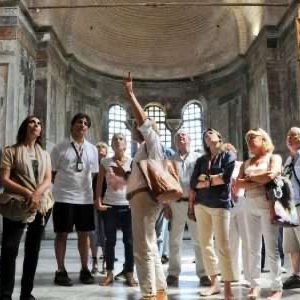
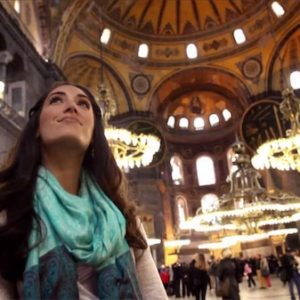


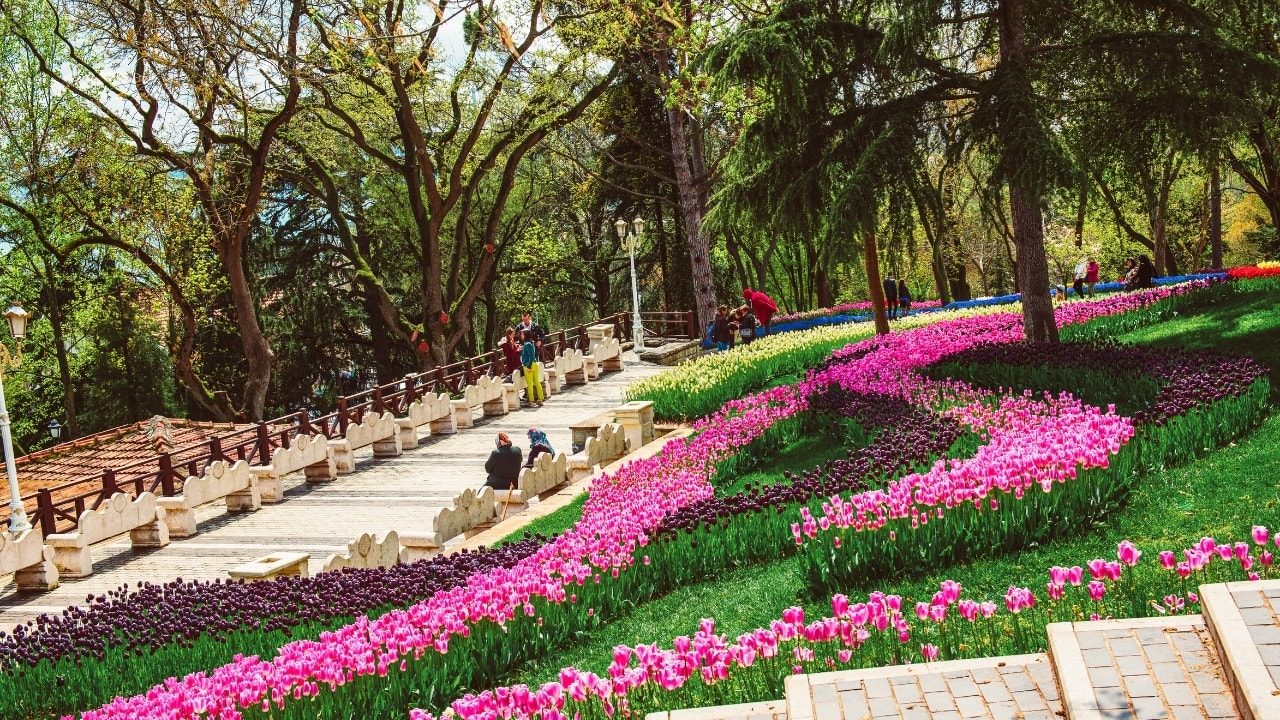

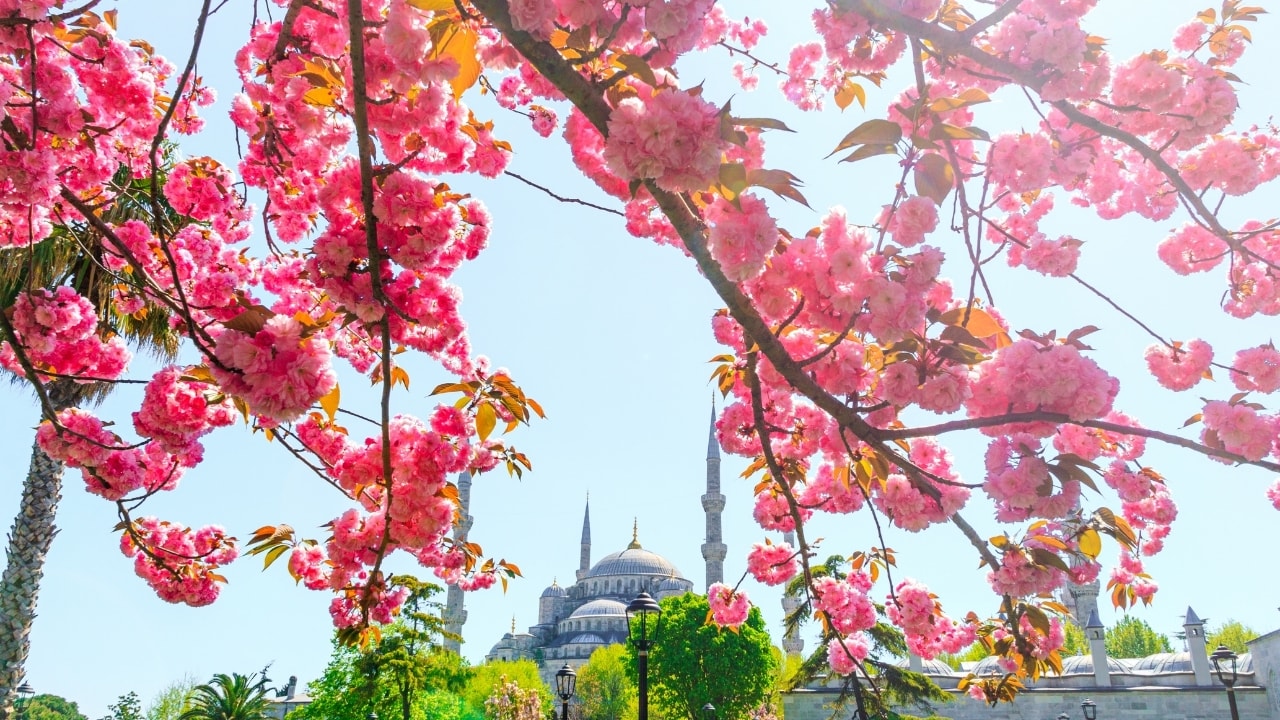
3 thoughts on “The East Gymnasium”
★★★★★
Discovering ‘The East Gymnasium’ was one of the highlights of my trip. Don’t miss out on this gem!
★★★★★
Exploring ‘The East Gymnasium’ exceeded all my expectations. A perfect combination of culture, beauty, and knowledge.
★★★★★
The charm of ‘The East Gymnasium’ captivated me entirely. It’s a destination that leaves no one indifferent.